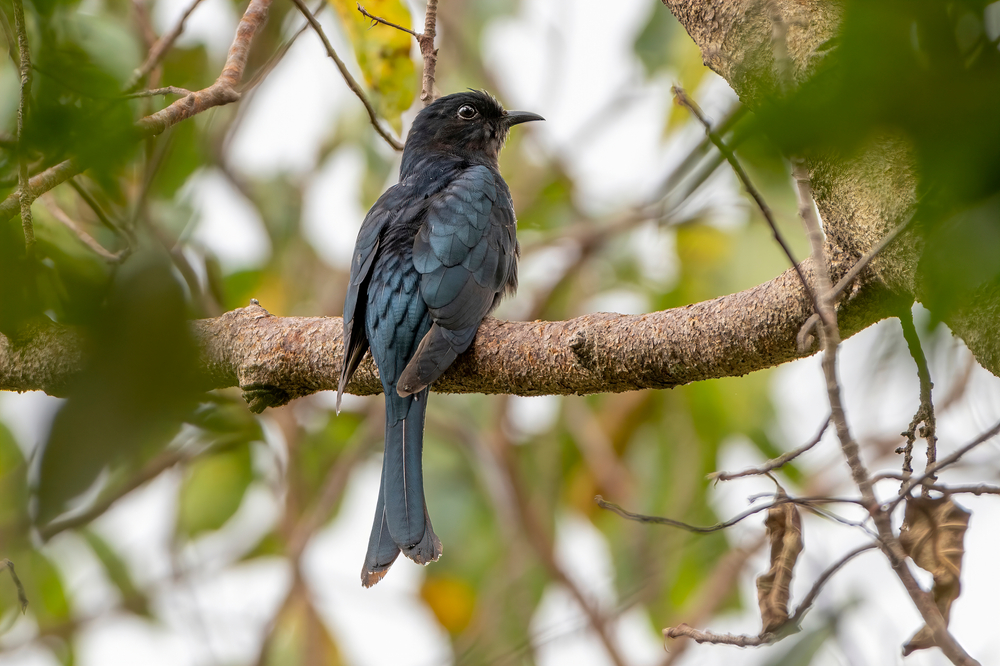Kuapnit Balinsasayao Overview
Kuapnit Balinsasayao National Park, known in Filipino as Pambansang Liwasan ng Kuapnit Balinsasayao, is a mountainous and forested protected area located in the municipality of Abuyog in the province of Leyte, Philippines.
Encompassing roughly 1.6 square miles (4.2 square kilometers), the park lies within the southern part of Leyte Island and forms part of the island’s remaining lowland rainforest ecosystem. Established in 1937, it is one of the country’s older national parks and plays a vital role in conserving native biodiversity, supporting local watersheds, and providing a sanctuary for endemic and threatened wildlife.
The terrain of the park is steep and rugged, characterized by forested hills, narrow ridgelines, and deep valleys that feed into streams and rivers. Mount Panasahan and Mount Balinsasayao are among the park’s prominent features, offering elevated vantage points and challenging terrain for trekking.
The forest canopy is lush and multi-layered, with species such as dipterocarps, ferns, bamboo, and rattan dominating the landscape. The rich vegetation supports dense undergrowth and a humid microclimate, often enveloped in mist and filled with the sounds of wildlife. Waterfalls and natural springs can be found throughout the area, feeding into the Kuapnit and Malagsum Rivers.
Wildlife is one of the park’s greatest treasures, with several endemic and vulnerable species making their home in its forested habitats. Among the most notable is the Philippine tarsier, a tiny nocturnal primate known for its large eyes and elusive nature. The Philippine flying lemur and various species of bats also inhabit the tree canopy, while the forest floor is home to monitor lizards, snakes, and amphibians.
Birdlife includes the Balinsasayao, after which the park is partially named—a local term for the Philippine drongo-cuckoo—as well as the Philippine hornbill, brahminy kite, and various kingfishers. Insect diversity is high, with colorful butterflies and beetles often spotted along forest trails.
The park’s most popular features include its forest trails, birdwatching spots, and access to riverine and waterfall areas. While less developed than other national parks in the country, its quiet and undisturbed character appeals to hikers, biologists, and nature lovers looking for an off-the-beaten-path experience.
The presence of traditional footpaths and resting points offers an opportunity to explore the park in a more rustic and immersive way. The nearby Mahagnao Volcano Natural Park complements the region’s appeal with its volcanic lakes and geothermal features.
Visitors to Kuapnit Balinsasayao National Park typically engage in trekking, wildlife observation, and nature photography. The park is also used for educational field trips and environmental awareness activities, particularly by local schools and conservation groups.
Community involvement is growing, with local guides offering insights into the area’s flora, fauna, and folklore. Birdwatchers and conservationists value the park for its relative isolation and intact habitats, which allow for focused observation and species monitoring.
Conservation challenges include illegal logging, habitat fragmentation, and hunting, which have historically threatened the park’s biodiversity. However, increased awareness, stricter enforcement of environmental laws, and support from local government and NGOs have led to gradual improvements in protection and stewardship.
Reforestation efforts and educational campaigns continue to play a role in fostering sustainable relationships between communities and the forest. Kuapnit Balinsasayao remains a valuable natural stronghold on Leyte Island and a key part of the region’s ecological and cultural identity.
Park Map
Kuapnit Balinsasayao National Park Highlights
Share your clicks with us
Related National Parks More Philippines

Puerto-Princesa Subterranean River National Park
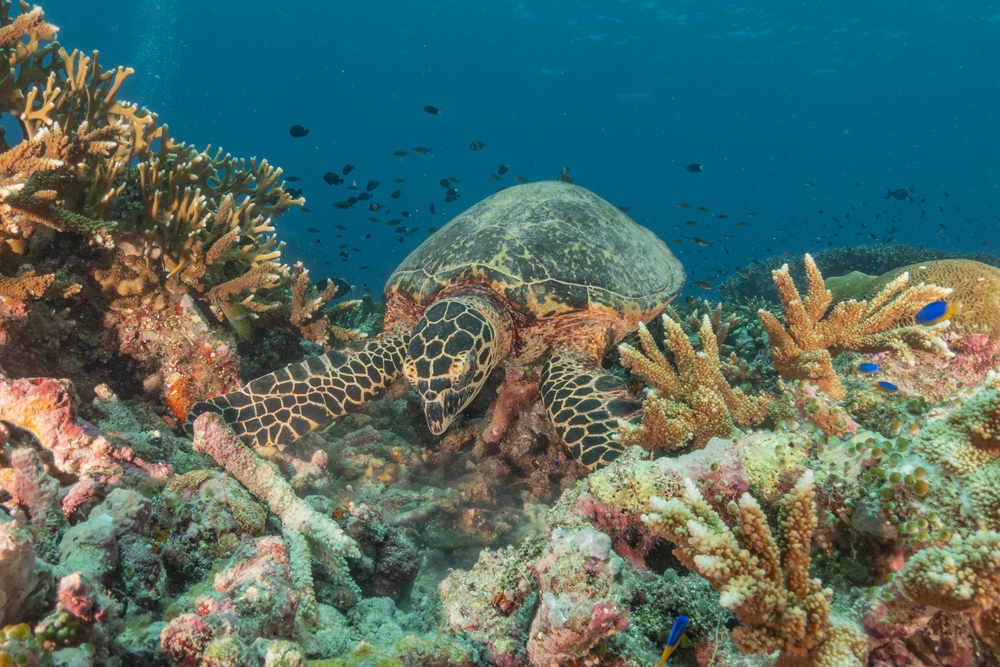
Tubbataha Reefs National Park
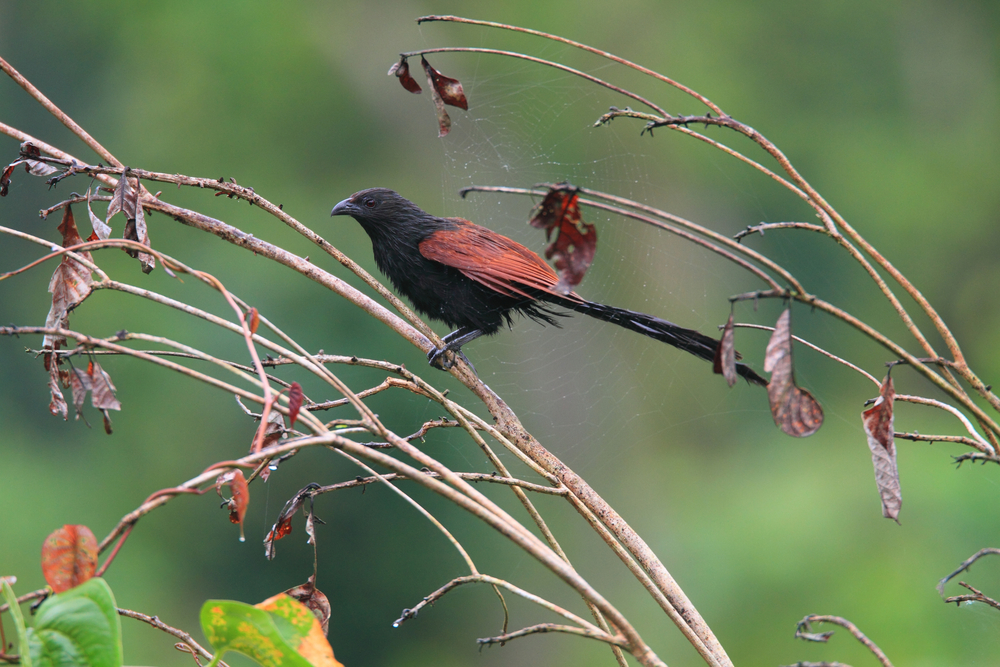
Fuyot Springs National Park

Guadalupe Mabugnao Mainit Hot Springs National Park
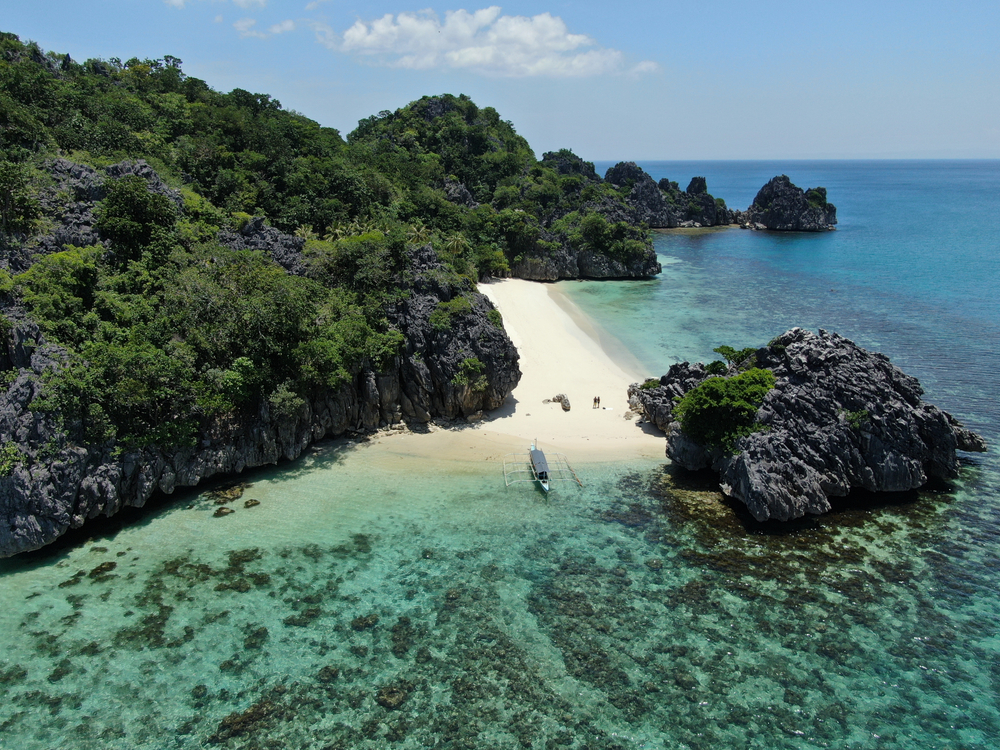
Caramoan National Park
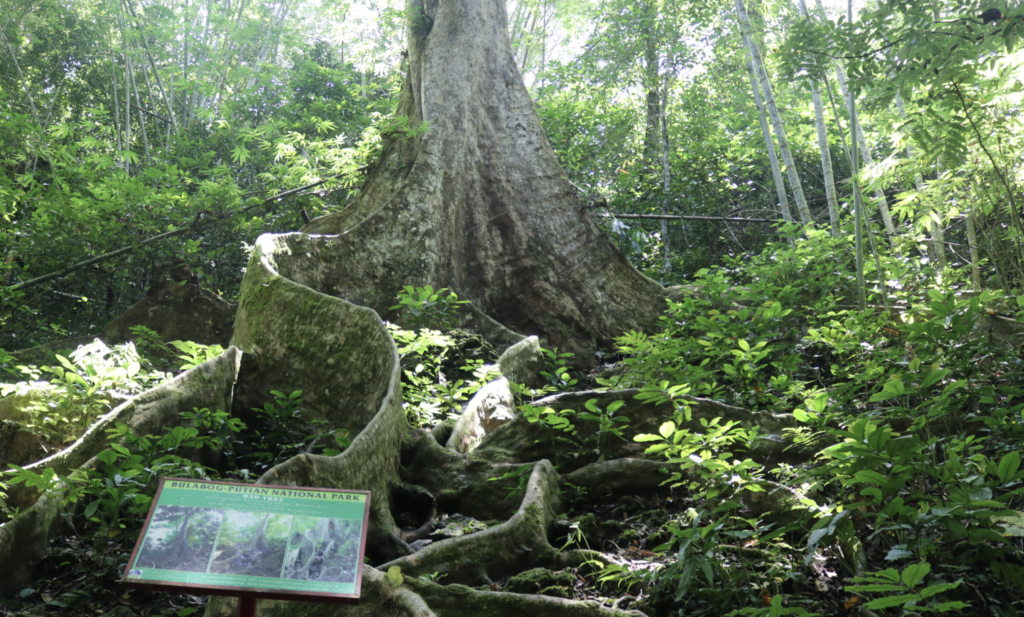
Bulabog Putian National Park

Cassamata Hill National Park

Biak-na Bato National Park
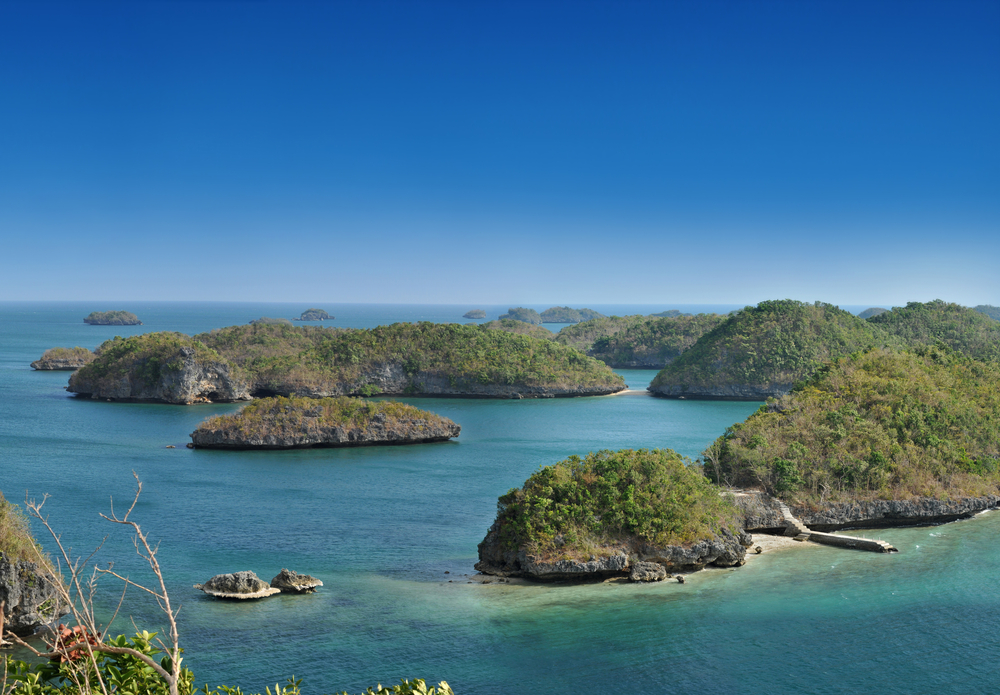
Hundred Islands National Park









































































